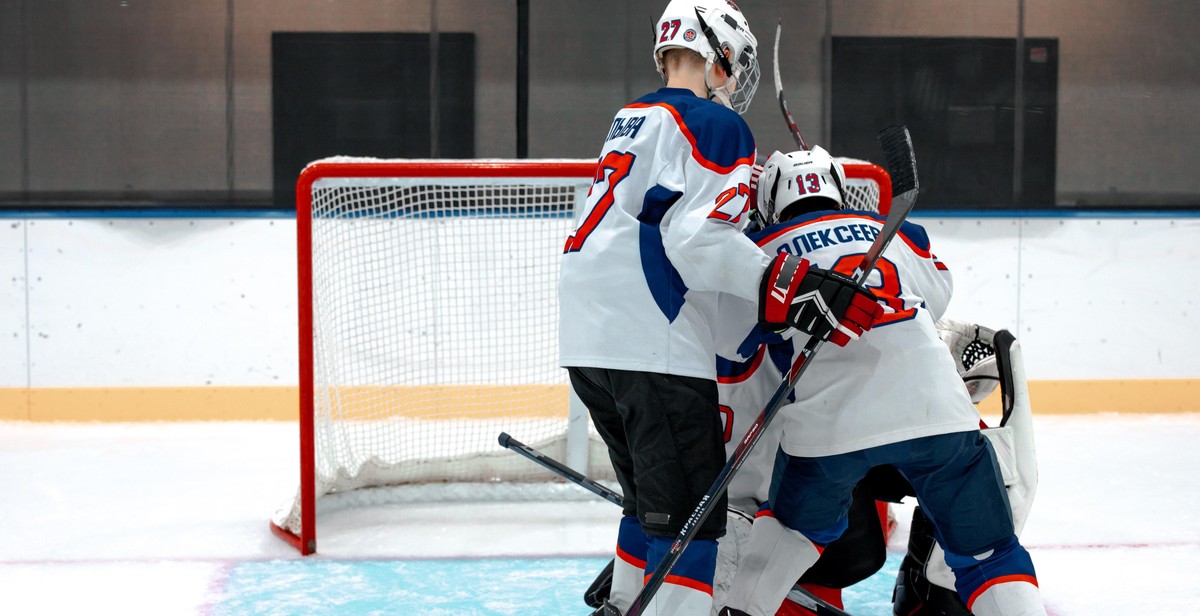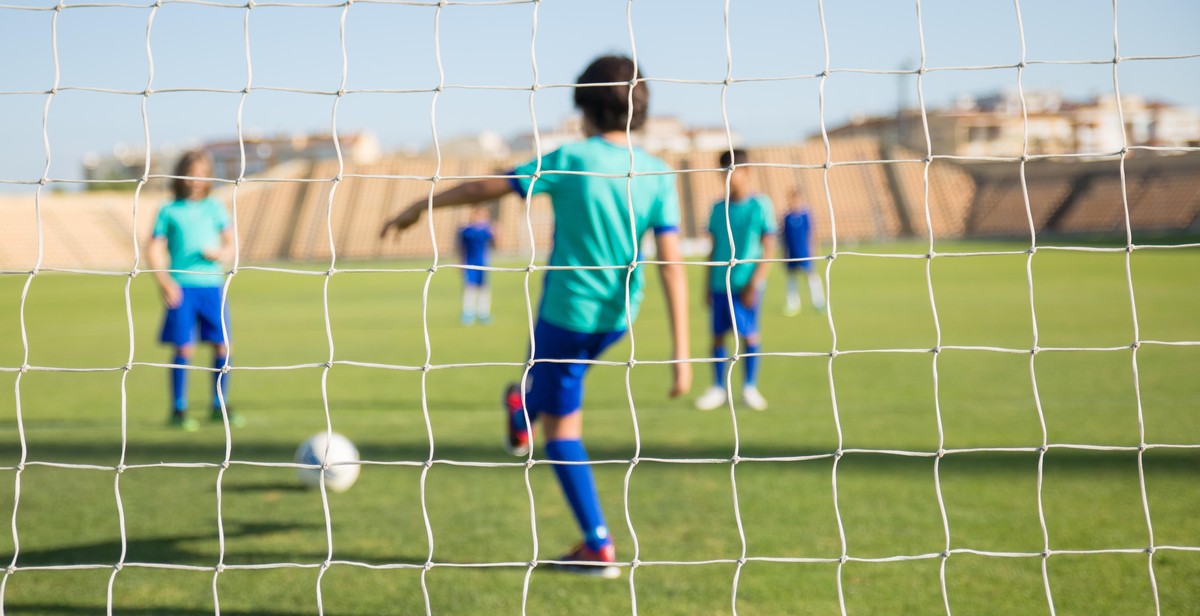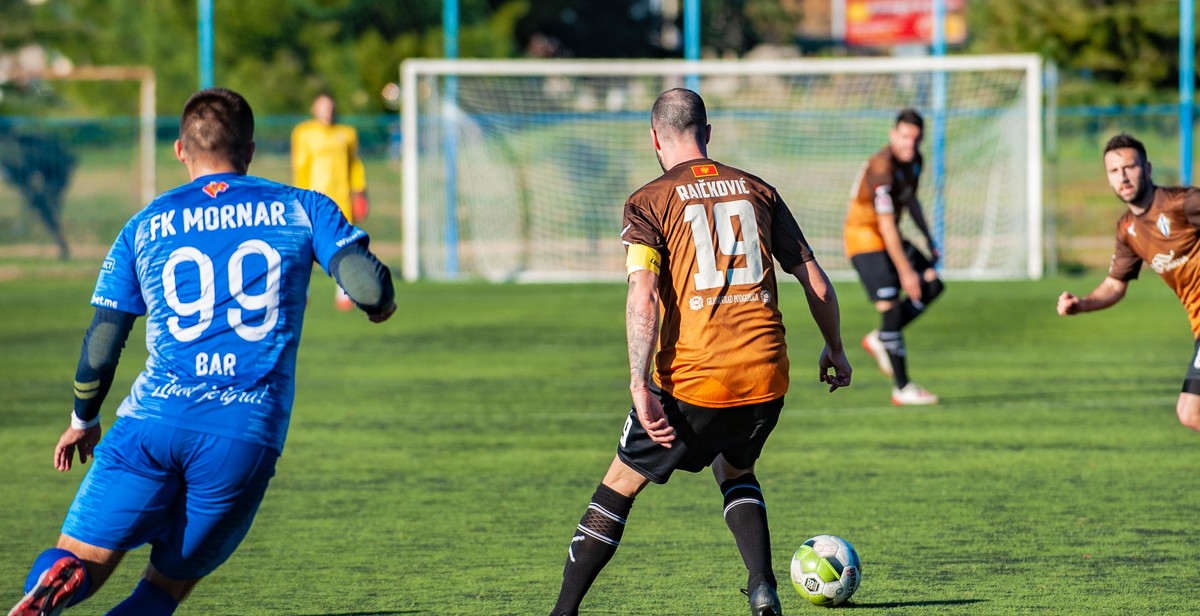How to Train Soccer Goalkeepers: Drills and Exercises for Shot Stopping and Distribution
As a professional soccer goalkeeper with over 10 years of experience, I have learned that training is crucial for success on the field. It’s not just about raw talent, but also about developing the right skills and techniques through consistent practice and dedication. In this article, I will share with you some of the most effective drills and exercises for shot stopping and distribution that I have personally used and found to be extremely helpful.
The Importance of Training for Soccer Goalkeepers
Goalkeeping is one of the most demanding positions in soccer, requiring a unique set of skills and physical attributes. A goalkeeper needs to have excellent reflexes, quick decision-making abilities, and strong communication skills to effectively lead their team’s defense. Additionally, a goalkeeper must be able to distribute the ball accurately and quickly to their teammates, making them an important part of the team’s offensive strategy.
However, these skills don’t come naturally to everyone. To be a successful goalkeeper, you must put in the time and effort to train and develop these skills. This means practicing regularly, focusing on specific areas of improvement, and seeking feedback and guidance from experienced coaches and players.
Drills and Exercises for Shot Stopping and Distribution
There are countless drills and exercises that can help goalkeepers improve their shot stopping and distribution skills. In this article, I will cover some of the most effective ones that I have personally used and found to be extremely helpful.
- Reaction Ball Drills
- Angle and Footwork Drills
- Crossing and Distribution Drills
- One-on-One Drills
- Set Piece Drills
Each of these drills and exercises focuses on a specific aspect of goalkeeping, helping goalkeepers improve their overall performance on the field. By incorporating these drills and exercises into your training routine, you can take your game to the next level and become a more effective and successful goalkeeper.

The Importance of Goalkeeper Training
Goalkeepers are an integral part of any soccer team, and their performance can make or break a game. Therefore, it is essential to ensure that goalkeepers receive proper training to improve their skills and abilities.
Shot Stopping
One of the primary responsibilities of a goalkeeper is to stop shots from the opposing team. Proper goalkeeper training can help improve their reaction time, positioning, and diving technique. A well-trained goalkeeper can make the difference between a goal and a save, giving their team the best chance to win.
Distribution
Goalkeepers are also responsible for distributing the ball effectively to their teammates. A skilled goalkeeper can help their team maintain possession and initiate counter-attacks. Proper training can help goalkeepers improve their passing accuracy and decision-making skills, allowing them to make the most of every opportunity.
Mental Toughness
Goalkeeping requires a high level of mental toughness and concentration. A goalkeeper must be able to stay focused and alert throughout the game, even when there are periods of inactivity. Proper training can help goalkeepers develop mental toughness and resilience, allowing them to stay calm and composed under pressure.
Teamwork
While goalkeepers may be the last line of defense, they are still an integral part of the team. Proper goalkeeper training can help goalkeepers develop teamwork skills, such as communication and leadership. A well-trained goalkeeper can help organize their defense and provide guidance to their teammates, leading to a more cohesive and effective team.
Conclusion
In conclusion, goalkeeper training is essential for any soccer team that wants to succeed. Proper training can help goalkeepers improve their shot-stopping abilities, distribution skills, mental toughness, and teamwork. By investing in goalkeeper training, teams can ensure that they have a strong and reliable last line of defense, giving them the best chance to win games and achieve their goals.

Shot Stopping Drills
As a goalkeeper, one of the most important skills to master is shot stopping. These drills will help you improve your reflexes, positioning, and overall ability to make saves.
Cone Drill
The cone drill is a great way to work on your footwork and reaction time. Set up a line of cones about 10 yards away from the goal. Stand in the center of the goal and have a teammate stand behind the cones. Your teammate will kick the ball at you, and you must move quickly to get into position and make the save. This drill can be done with both feet and can be modified to include diving saves.
Rebounder Drill
The rebounder drill is a great way to work on your reaction time and positioning. Set up a rebounder about 5 yards away from the goal. Have a teammate stand about 10 yards away from the rebounder and kick the ball at it. The ball will bounce back towards the goal, and you must quickly get into position to make the save. This drill can be done with both feet and can be modified to include diving saves.
Wall Drill
The wall drill is a great way to work on your reflexes and hand-eye coordination. Stand about 5 yards away from a wall and have a teammate stand behind you. Your teammate will throw the ball at the wall, and you must quickly react and make the save. This drill can be done with both hands and can be modified to include diving saves.
- Focus on your footwork and positioning during these drills.
- Challenge yourself to make quick reaction saves.
- Try to incorporate diving saves into each drill.
| Drill | Focus | Tips |
|---|---|---|
| Cone Drill | Footwork and reaction time | Modify to include diving saves |
| Rebounder Drill | Reaction time and positioning | Modify to include diving saves |
| Wall Drill | Reflexes and hand-eye coordination | Modify to include diving saves |

Distribution Drills
As a goalkeeper, it is important to have good distribution skills in order to quickly transition from defense to offense. Here are some drills to improve your rolling, throwing, and kicking techniques:
Rolling the Ball Out
Rolling the ball out is a quick and efficient way to distribute the ball to your defenders. To practice this skill, set up cones or markers to simulate defenders and roll the ball out to them. Start with short distances and gradually increase the distance as you improve.
Throwing the Ball
Throwing the ball is a great way to quickly distribute the ball to your teammates who are further up the field. To practice this skill, set up cones or markers to simulate your teammates and practice throwing the ball accurately to them. Start with short distances and gradually increase the distance as you improve.
Kicking the Ball
Kicking the ball is another way to distribute the ball to your teammates who are further up the field. To practice this skill, set up cones or markers to simulate your teammates and practice kicking the ball accurately to them. Start with short distances and gradually increase the distance as you improve.
| Drill | Description |
|---|---|
| Roll Out and Throw Drill | Set up cones or markers to simulate defenders and teammates. Practice rolling the ball out and throwing the ball accurately to your teammates. |
| Kicking Accuracy Drill | Set up cones or markers to simulate your teammates. Practice kicking the ball accurately to your teammates. |
| Quick Distribution Drill | Set up cones or markers to simulate defenders and teammates. Practice quickly transitioning from defense to offense by rolling the ball out or throwing the ball accurately to your teammates. |
Remember to focus on accuracy and speed when practicing your distribution skills. With consistent practice and dedication, you can become a skilled goalkeeper with excellent distribution abilities.

Fitness and Agility Drills
Goalkeepers need to have excellent fitness and agility to be able to move quickly and efficiently on the field. Here are three drills that can help improve their fitness and agility:
Cone Agility Drill
The cone agility drill is a great way to improve a goalkeeper’s footwork and lateral movement. To perform this drill, set up five cones in a straight line, with about one yard of space between each cone. The goalkeeper should start at one end of the line and move quickly from side to side, weaving in and out of the cones. They should focus on staying low and keeping their feet moving quickly.
Ladder Drill
The ladder drill is another great way to improve a goalkeeper’s footwork and agility. To perform this drill, set up an agility ladder on the ground. The goalkeeper should start at one end of the ladder and move quickly through each rung, stepping in and out of the ladder with both feet. They should focus on keeping their feet light and quick, and their movements should be precise and controlled.
Box Jump Drill
The box jump drill is a great way to improve a goalkeeper’s explosive power and jumping ability. To perform this drill, set up a sturdy box or bench that is about knee height. The goalkeeper should stand in front of the box and jump onto it, landing softly on the top of the box with both feet. They should then jump back down to the ground and repeat the exercise for several repetitions. This drill can be progressed by increasing the height of the box or adding weights to the exercise.
- Perform the cone agility drill to improve footwork and lateral movement
- Perform the ladder drill to improve footwork and agility
- Perform the box jump drill to improve explosive power and jumping ability

Conclusion
In conclusion, training soccer goalkeepers is a crucial aspect of any successful team. By utilizing the right drills and exercises, coaches can enhance their goalkeeper’s shot stopping abilities, distribution skills, and overall performance on the pitch.
When training goalkeepers, it’s important to focus on both technical and tactical aspects of the game. From footwork drills to distribution exercises, there are a plethora of activities that can help goalkeepers improve their skills and confidence.
Remember to always prioritize safety during training sessions, and to gradually increase the level of difficulty as your goalkeeper improves. Additionally, incorporating game-like scenarios into training can help goalkeepers prepare for real-life match situations.
Overall, training soccer goalkeepers requires patience, dedication, and a commitment to improving their skills. By following the tips and techniques outlined in this article, coaches can help their goalkeepers become an integral part of their team’s success.
| Key Takeaways: |
|---|
| • Training goalkeepers is crucial for the success of any soccer team |
| • Focus on technical and tactical aspects of the game |
| • Prioritize safety and gradually increase difficulty level |
| • Incorporate game-like scenarios into training |
| • Patience, dedication, and commitment are essential for goalkeeper training |
